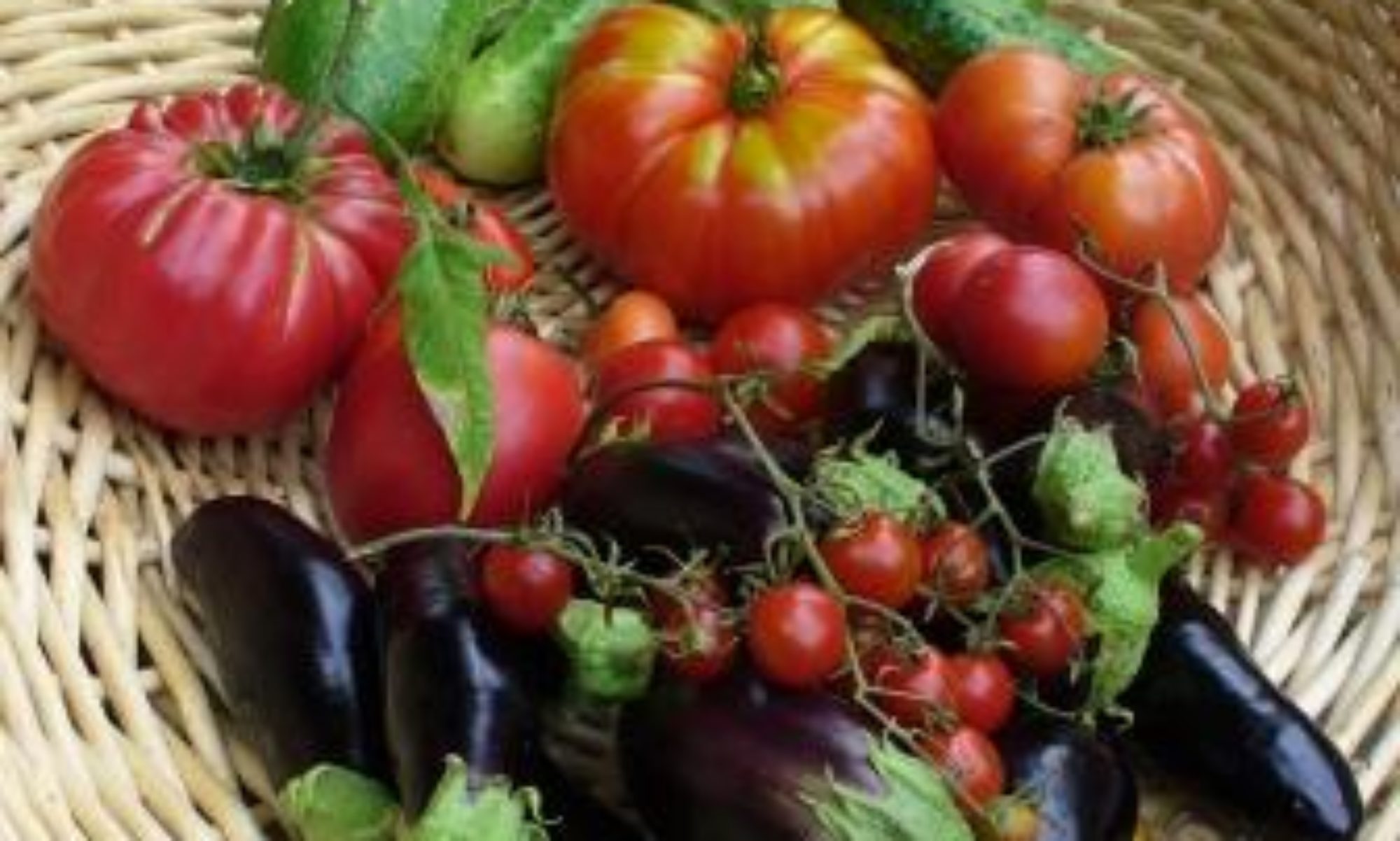I have harvested the last of the tomatoes. This year’s crop was disappointing, as the long cool, wet spring allowed blight to get a foothold, and most of the plants succumbed just as they were nearing their most productive stage of growth. I finally got around to cleaning the grasses and other weeds out of my raspberries, the the effect was amazing. The productivity of the fall crop of berries from plants increased hugely compared to last year. I harvested about a pint of berries every day from August 1 until October 1. Even now, a few berries remain, like the beauty shown here, but not enough to bother with. I will surely miss the berries on my breakfast cereal, until the berries return next June.
I Want Global Warming

Bleah Rain
The average daily temperatures have been about 5 degrees below normal, so even the seedlings in my greenhouse are showing very little progress.
bad roll of the dice
spring?
- Great Lakes Head Lettuce
- Red Sails Leaf Lettuce
- Romaine Lettuce
- Apollo Broccoli
- Early Snowball Cauliflower
- Savoy Perfection Cabbage
- Zamboni Broccoli-Raab
- Arugala
- Russian Red Kale
- Nero Di Toscana Kale
- Leeks
- Red Marble Cippolini Onion
- Walla Walla Onion
- Red Globe Onion
- Chinese Cabbage
- Snow Peas
- Snap Peas
Coasting toward Spring
We tend to forget that Christmas, as a religious holiday, replaced a much older pagan holiday honoring the winter solstice, the shortest day and the longest night of the year. While Christmas falls on the 25th of December, the true solstice falls on the 21st or 22nd. The good news is, from this day forward, the days get increasingly longer and the nights increasingly shorter – certainly a reason to celebrate.
For me, Christmas signifies that it is time to start thinking about Springtime, and therefore, time to order seeds. Today, I placed on-line orders for a variety of vegetable seeds. I ordered seeds for a variety of heirloom tomato varieties from TomatoFest, and seeds for other garden varieties from Territorial Seeds.
This year’s new heirloom tomato varieties will be:
Aunt Lucy’s Italian Paste
Azoychka
Burraker’s Favorite
Indische Fleish
Mom’s Paste
Nyagous
Riviera
San Marzano Redorta
Boxcar Willie
Carmello
Caspian Pink
Impulse
Mrs. Maxwell’s Big Italian
Paul Robeson
Sasha’s Altai
The world turns
What a strange year! A full two months after the last tomatoes gave up the fight, and a full month after the date of our average first killing frost, the pepper plants were still going strong, and I picked buckets of peppers like those shown in the picture. Good that I did, because two days later the temperature is 14 degrees F.
$1>$1>$1>$1>$1>
|
$1> |
|
November 21 $1> |
|
$1> |
|
November 23 $1> |
The end of a lousy tomato season
The last of my tomato plants suffered fatal blight infections on September 24. I pulled out all of the plants over the week-end. Thus came the end of a truly lousy year for tomato culture. Reports are that this was the coolest summer in three decades – there were fewer days with temperatures over 70 degrees than in any summer since 1980.
Tomato blight
Blight, a fungus disease that thrives under cool damp conditions, has just appeared on a few of my tomato plants. Blight is the bane of Puget Sound tomato gardeners. Based on past experience, I know that this infection will quickly spread among all the plants, so it is likely that I can expect only another week or so of tomato harvests. Blight spores carry over from year to the next in the soil, so limiting the exposure of plants to the soil, by growing tomatoes with black plastic film mulch, will delay infection. This effect is very clear in my present garden, as the blight has appeared first on tomato vines that have wandered from the plastic-covered area onto the adjacent bare ground. Pulling out the infected plants as soon as the infection becomes apparent may slow the rate of spread a little, but nothing will stop the infection once it appears in the garden. Sadly, tomatoes picked green from infected plants will themselves turn black from blight and rot, before they ripen.




